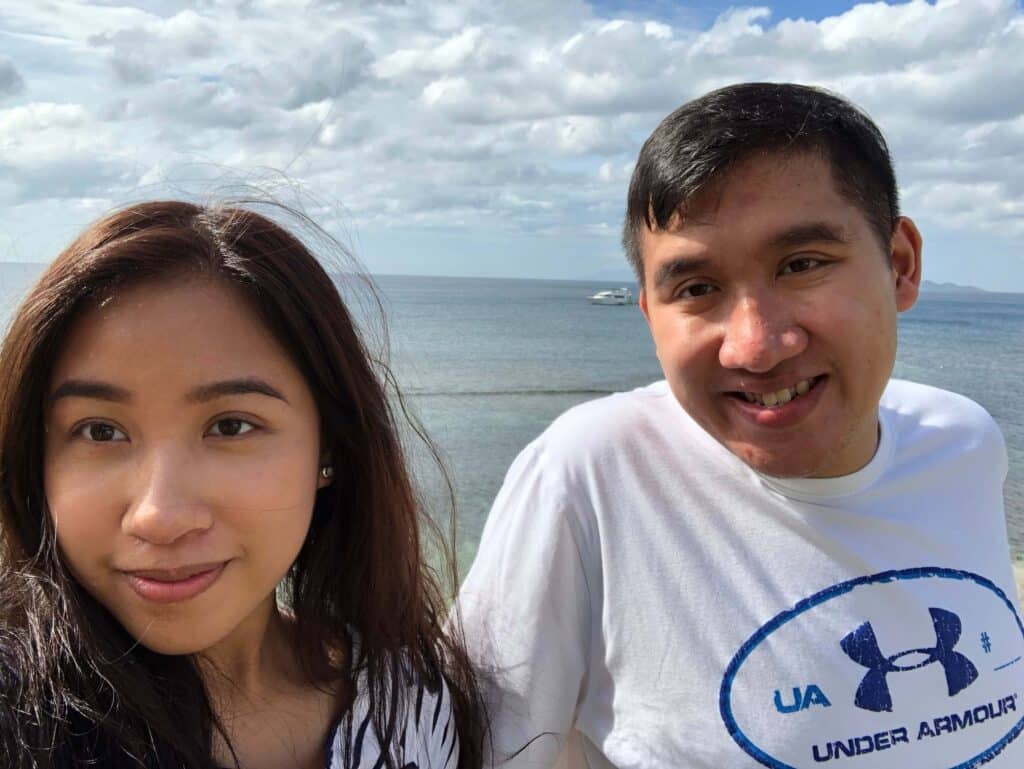
My name is Melissa Paz and I am currently in my last year as an undergraduate student at University of Illinois-Chicago. Last semester, I began taking classes required for my minor in Disability and Human Development, which included an introduction to disability studies. In this class I learned more than I ever thought I would, and I was able to write about my experience for one of my assignments, which I’d like to share with you:
Not too long ago, a friend of mine asked me: “Melissa, at what age did you realize your brother had autism?” I turned to her, believing I was ready to give an answer. However, I was surprised to realize in that moment I was unable to respond to her question. Silence ensued, and I told my friend I was unsure. I had never really thought about it before. But all of this changed when I started my first courses for my minor in disability and human development. Within one week of beginning to learn about disability studies, I was introduced to the social model – a concept that has helped shape my personal understanding of disability.
The social model of disability emerged following the era of the Civil Rights Movement in response to the medical model of disability, which depicts disability as an individual problem or as something that required a cure. In contrast, the social model of disability instead recognizes that attitudes and environments, both social and physical, are disabling to individuals. In other words, it is the surrounding environment that creates disability. Furthermore, the social model constructs a clear distinction between impairment and disability and also acknowledges disability as a shared experience among individuals (Adams, Reiss and Serlin, 2015).
Learning about the social model turned on a light in my head and pushed me to view life through an entirely different lens. This was an emotional reaction because for nearly four years of my life I had immersed myself in the field of biology and medicine. I began to think differently.
The social model has helped me view and understand my own personal life and experiences in a different perspective. Before taking any disability studies classes , I had never really thought much about my brother’s disability, or the concept of disability in general. In fact, looking back I sadly realize now that my family and I used to view my brother’s impairment as an “illness,” something that we would treat with medication and therapy. This perception all changed after learning about the social model in class. Now I see that my brother’s disability is not an “illness” or is anything that needs to be cured. The social model has helped me understand how disabling the environment can be, and it has made me more aware for not just my brother but for people with disabilities in general.
I now realize the importance of focusing upon and addressing the barriers imposed by society on people with autism and disabilities. However, I also recognize now that my brother’s disability was never something that I ever had to realize, because it was something I had grown to know. It was something I had always known and loved. Disability studies concepts such as the social model have allowed me to know and love my brother more in ways than I ever thought I would be able to.

1 Comment. Leave new
This is a great essay and a very important realization, congratulations, and I hope you are able to use your new awareness to find environments that add support to your brother – and to you, and to your family and his environment. Some of those should overlap, so your care for him is part of your life, and others help both of you through some of it.
My experience was that I learned that professional environments are not family.
They are not substitutes for family. I think they waste money because of this, for my brother with his disabilities, needed some form of continous family – but foster family or group homes changed every 5 years or so, and so did professionally planned programs, and after their work hours, the professionals were gone. As long as services keep hiring interchangeable people, they add some value, but won’t have someone on site who adds support when someone with impaired expression goes through times when their needs and abilities become unclear.
I don’t mean to be negative, I’m old by now, have spent years in this struggle, only to find that community minded people were more lastingly helpful than therapists who work on the clock. I find it difficult that so much excellent theory and understanding of needs of individuals with impairments, gets so tangled up in unaddressed messes in bureaucracy, leaving gaps unaddressed, that can leave hard won gains lost all over again.
Social cohesion of helpers in communities, supported by people in offices or separately funded and planned programs with continuous tracking – that is where energy can be productive, not just support for an individual as if total independence is the goal. They need observers who talk often with each other – in community of varied people, informally, not consider experts, services or medications planned in separate locations then applied. Someone directly involved needs to be friends with an individual’s real family, any helpers, so all gradually learn to help each other to become a net of ongoing care and meaning in a fast moving world.